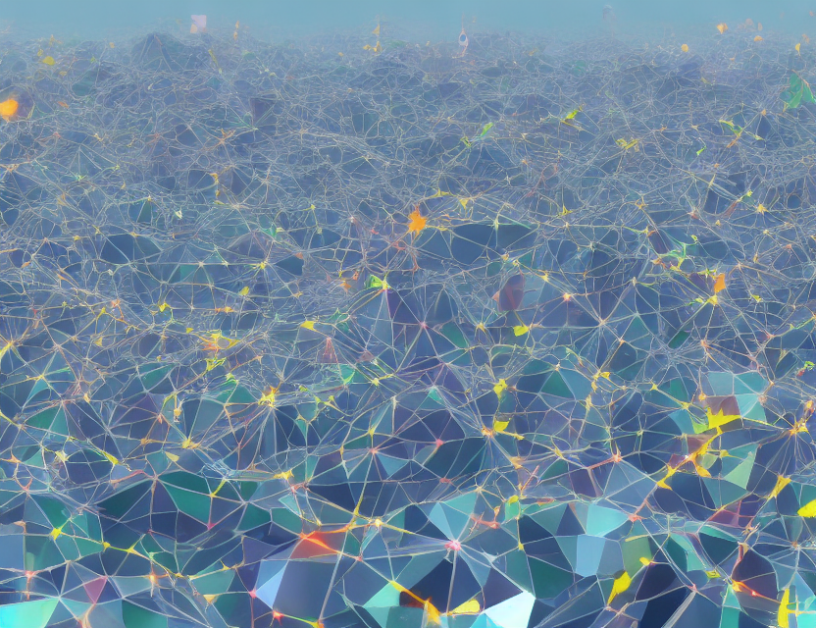Self-supervised learning is a promising approach to train machine learning models without explicit labels or annotations. By leveraging pre-text tasks, such as data reconstruction or contrastive learning, models can learn useful representations from unlabelled data. These representations can then be fine-tuned for downstream tasks like visual object classification or sentiment analysis using fully supervised learning methods.
The article discusses various self-supervised learning methods, including masking-based data reconstruction, contrastive learning, and knowledge distillation. Each method is described in detail, highlighting its strengths and limitations. The authors also provide examples of how these methods have been applied to different domains, such as anomaly detection and out-of-distribution detection.
To demystify complex concepts, the article uses everyday language and engaging metaphors. For instance, the authors compare the process of learning representations through self-supervised learning to a cooking recipe, where the model learns to cook a delicious meal without explicitly knowing what ingredients it’s using.
The summary provides a concise overview of the article, covering essential concepts and techniques in self-supervised learning. It offers a gentle introduction to the field, making it accessible to readers who may be unfamiliar with machine learning or artificial intelligence. By using simple language and relatable analogies, the author helps readers understand complex ideas and appreciate the potential of self-supervised learning for training machine learning models without labels.
Computer Science, Computer Vision and Pattern Recognition
Self-Supervised Learning: A New Approach to Anomaly Detection



